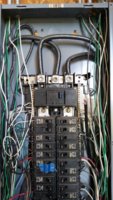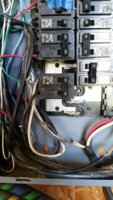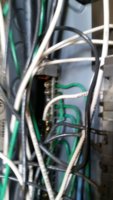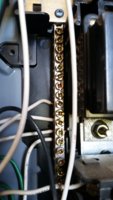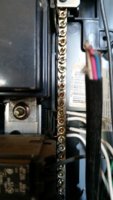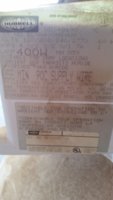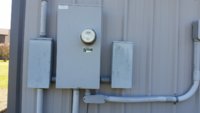Bruce
Herd Master
As a friend once said to me "when working in a breaker panel, one had for the panel, one for your pocket"  Hard to fry yourself that way. Of course ASSUMING there is a main breaker in the box or outside by the meter, turning it off and having someone hold a flashlight (or use a headlamp) while you move the white wire from a breaker to the neutral bar is probably safer. No need to say "good luck", you got this!
Hard to fry yourself that way. Of course ASSUMING there is a main breaker in the box or outside by the meter, turning it off and having someone hold a flashlight (or use a headlamp) while you move the white wire from a breaker to the neutral bar is probably safer. No need to say "good luck", you got this!
No Costco near you? I would check prices on LED shop lights there and at Lowes. The ones I got were quality brand, Feit
https://www.costco.com/Feit-4'-Linkable-LED-Shop-Light-2-pack.product.100410429.html
They were sold individually though.
No Costco near you? I would check prices on LED shop lights there and at Lowes. The ones I got were quality brand, Feit
https://www.costco.com/Feit-4'-Linkable-LED-Shop-Light-2-pack.product.100410429.html
They were sold individually though.

